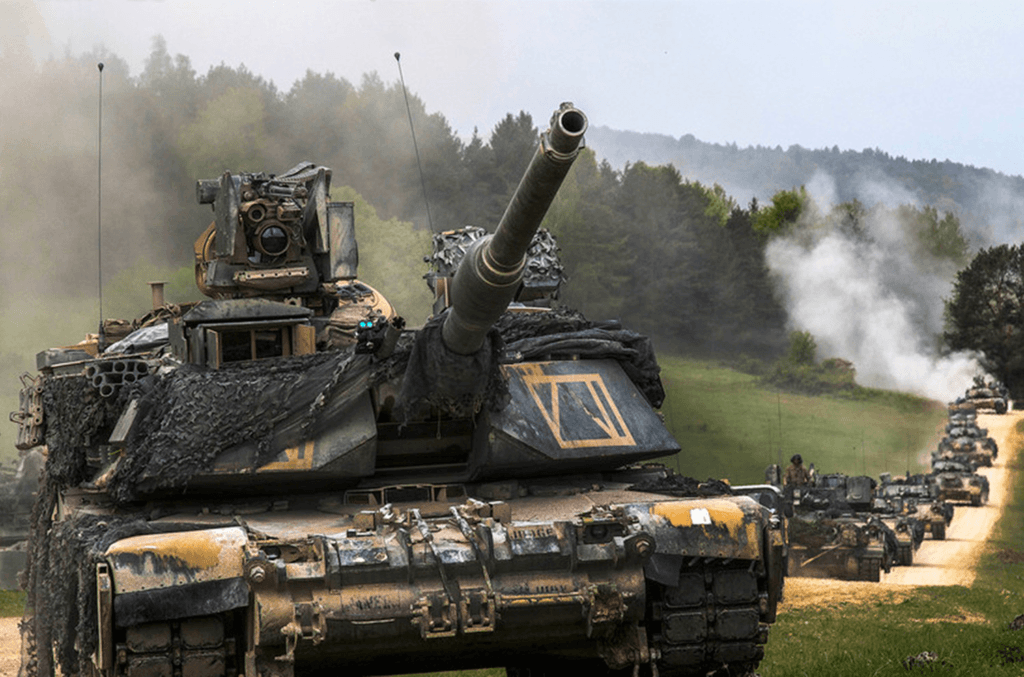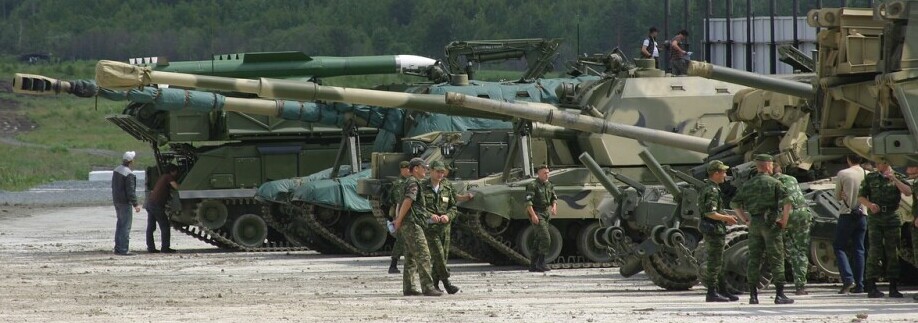The Evolution of Tanks
Tanks have played a pivotal role in shaping the outcomes of conflicts since their inception during World War I. These armoured fighting vehicles have evolved significantly, both in terms of technology and strategy, making them indispensable in modern warfare. This article explores the fascinating journey of tanks, from their rudimentary beginnings to the sophisticated machines they are today.
Table of Contents
The Birth of the Tank: World War I
Early Concepts and Development
The idea of a heavily armoured vehicle capable of crossing trenches and breaking through enemy lines emerged out of the stagnant trench warfare of World War I. The British, seeking a solution to the deadlock, began experimenting with armoured vehicles in 1915. The result was the Mark I tank, first used in combat during the Battle of the Somme in 1916.

The Mark I: A Revolutionary but Flawed Design
The Mark I was revolutionary for its time, featuring thick armour, caterpillar tracks, and a fully enclosed armoured shell. However, it was slow, mechanically unreliable, and difficult to manoeuvre. Despite its flaws, the Mark I showed the potential of tanks, leading to further development and refinement.
Interwar Period: Experimentation and Innovation
The Rise of Tank Doctrine
After World War I, military theorists explored the potential of tanks in future conflicts. Figures like British General J. F. C. Fuller and German General Heinz Guderian helped to develop early tank doctrines. Fuller advocated for massed armoured assaults, while Guderian’s ideas on Blitzkrieg would later dominate World War II strategy.
Technological Advances
The interwar years saw significant improvements in tank design. Armour became thicker, engines more powerful, and armaments more lethal. Notable examples include the British Vickers Medium Mark I and the Soviet T-26. These tanks laid the groundwork for the more advanced machines that would come to define World War II.
World War II: The Golden Age of Tanks
The Panzer Divisions and Blitzkrieg
World War II cemented the tank’s role as a central component of modern warfare. The German Panzer divisions, spearheading the Blitzkrieg strategy, showcased the devastating impact of massed tank assaults. The Panzer III and IV were the backbone of these divisions, combining speed, firepower, and armour in a highly effective package.

The Soviet T-34: A Game-Changer
Perhaps the most iconic tank of World War II was the Soviet T-34. Its sloped armour, powerful gun, and exceptional mobility made it a formidable opponent on the Eastern Front. The T-34’s design influenced tank development worldwide, leading to the creation of more versatile and resilient armoured vehicles.

The Allied Tanks: Shermans and Churchills
The Allies also fielded impressive tanks, such as the American M4 Sherman and the British Churchill. While the Sherman was known for its reliability and ease of production, the Churchill excelled in its heavy armour and ability to navigate difficult terrain. These tanks were crucial in the Allied push through Europe and the eventual defeat of the Axis powers.
The Cold War: The Arms Race and Tank Evolution
The Advent of Main Battle Tanks
The Cold War era saw the emergence of the Main Battle Tank (MBT), designed to fulfil multiple battlefield roles. The MBT combined the firepower of a heavy tank, the mobility of a medium tank, and protecting an armoured vehicle. The Soviet Union’s T-54/55 series and the American M60 Patton are prime examples of MBTs that dominated this period.
Technological and Tactical Innovations
During the Cold War, tanks became faster, more powerful, and better protected. Innovations such as composite armour, reactive armour, and improved targeting systems significantly enhanced tank survivability and effectiveness. The development of guided anti-tank missiles presented new challenges, prompting further advancements in tank defence systems.
Modern Tanks: The Pinnacle of Armoured Warfare
The M1 Abrams and Challenger 2
In the modern era, tanks like the American M1 Abrams and the British Challenger 2 represent the pinnacle of armoured warfare technology. These tanks feature advanced composite and reactive armour, powerful 120mm smoothbore guns, and sophisticated electronics for targeting and communication. Their effectiveness has been proven in conflicts such as the Gulf War and the Iraq War.

The Role of Tanks in Asymmetric Warfare
In today’s conflicts, tanks are often deployed in asymmetric warfare environments, where they face unconventional threats, such as improvised explosive devices (IEDs) and guerrilla tactics. While the tank’s role has evolved, it remains a crucial asset for ground forces, providing unmatched firepower, protection, and psychological impact.

Future of Tanks: Unmanned and Autonomous Vehicles
The future of tanks is likely to see the integration of unmanned systems and autonomous technology. Concepts like the Russian T-14 Armata, which can operate with a reduced crew or potentially autonomously, show the direction of future tank development. As warfare continues to evolve, so too will the tank, adapting to new threats and challenges on the battlefield.
The evolution of tanks in warfare is a testament to human ingenuity and the relentless pursuit of military superiority. From the rudimentary Mark I of World War I to the sophisticated Main Battle Tanks of today, tanks have continuously adapted to the changing nature of warfare. As new technologies emerge, tanks will undoubtedly continue to play a vital role in the future of combat, remaining an enduring symbol of military power and innovation.





